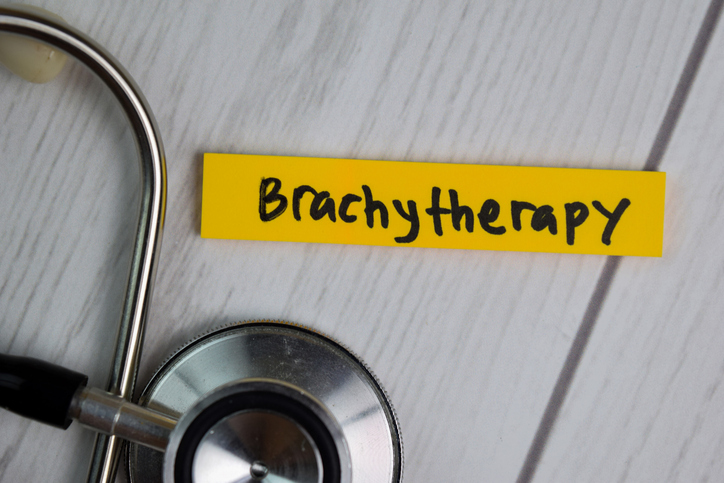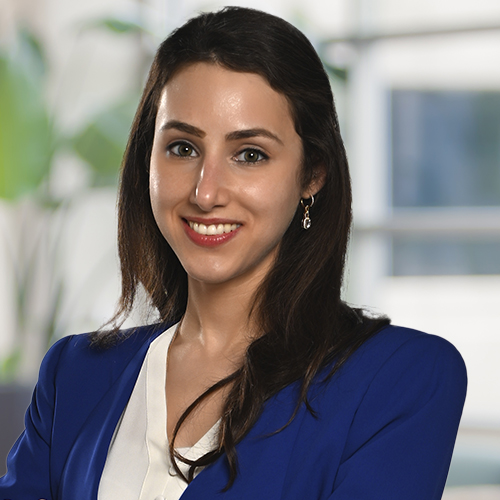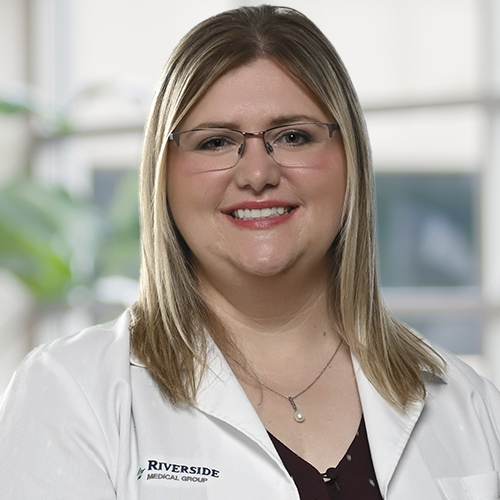Brachytherapy: What You Need to Know About This Cancer Treatment
May 7, 2025When facing a cancer diagnosis, understanding your treatment options is key to making informed decisions about your care. One such option—often less talked about than surgery or chemotherapy—is Brachytherapy, a form of internal radiation therapy.
In this article, Dr. Issra Rashed, radiation oncologist with the Riverside Cancer Institute, discusses how Brachytherapy works, which cancers it’s commonly used to treat, and what patients can expect before, during, and after the procedure.
How Does Brachytherapy Work?
Riverside has traditionally used external beam radiation, a non-invasive technique where radiation is delivered from a machine outside the body to target internal tumors. In contrast, Brachytherapy is a more localized form of radiation therapy, ideal for cancers near the body’s surface or those visible and palpable during an exam.
Instead of passing through skin and tissue, Brachytherapy involves placing a radiation applicator directly on or inside the tumor. While older methods used permanent radiation “seeds,” most centers—including Riverside—now use temporary placement techniques. This approach is especially beneficial for treating skin cancers or cancers of the cervix and vagina, as the radiation has limited depth and spares surrounding organs like the bladder and rectum, reducing side effects and improving patient comfort.
Brachytherapy is also a viable option for treating prostate cancer, but the approach has evolved in recent years. Prostate Brachytherapy using permanent radioactive seeds was once a common treatment, involving a minor surgical procedure to implant numerous seeds directly into the prostate. However, this method often led to complications: swelling could shift the seeds, creating “hot spots” (areas of too much radiation) or “cold spots” (areas with too little), increasing the risk of side effects or cancer recurrence.
Additionally, patients remained radioactive for weeks or months, raising concerns about exposure to others. Due to these issues, this low-dose-rate (LDR) approach has largely fallen out of favor. Today, high-dose-rate (HDR) Brachytherapy is preferred, as it involves temporary placement of radioactive sources—patients are not left radioactive afterward, and side effects are generally milder. Riverside is currently starting with intracavity HDR treatments, which are non-invasive and suitable for surface-level tumors, with plans to expand to more advanced HDR procedures in the future.
“I think it's going to be wonderful,” states Dr. Rashed. “Just having this here to offer patients and being able to now actually provide choices for patients where before we only had that one treatment approach.”
Which Patients Are Best Candidates for Brachytherapy?
Brachytherapy is highly effective for tumors close to the surface—typically within 0.5 centimeters—but it’s not suitable for deeper tumors, which require external beam radiation to reach greater depths. The choice between Brachytherapy, external beam, or a combination depends on the type and location of the cancer. In cases where both methods are effective, Brachytherapy is often preferred due to fewer treatments and reduced side effects. However, some cancers require additional therapies, such as surgery or chemotherapy, with radiation used as a complementary treatment to improve outcomes.
“It really becomes an informed discussion with an entire multidisciplinary team of expert surgeons, expert medical oncologists, as well as me and radiation and my team here to individualize the plan for the patient based on all the factors we know,” notes Dr. Rashed.
What Is the Brachytherapy Treatment Process?
For patients, Brachytherapy treatment is a simple and straightforward process. The main responsibility is to arrive on time for scheduled sessions. Once at the clinic, a team member will guide them through each step. Patients may need to partially undress or expose the treatment area, then lie on a table while the medical team ensures everything is properly set up.
The actual treatment is painless, silent, and typically lasts between three to twenty minutes, with most sessions around nine to ten minutes. Some patients even find it so relaxing they fall asleep. Afterward, they can resume normal activities immediately, whether it's grabbing a coffee or heading to dinner.
“Anytime you see a patient and there is a technology that might be able to treat them just as effective as mine with less side effects, less logistical requirements, not having to come in for treatment as much, it's always a bummer when you can't give that treatment and you have to do either a more toxic one or a less optimal one,” shares Dr. Rashed. “Now that we can do Brachytherapy here, it's going to make me feel a lot better about the patients I'm treating, knowing I'm giving them the best possible treatment for their cancer. That's something that's really exciting.”
For more information on Brachytherapy and the Riverside Cancer Institute, go to myrhc.net/cancer or call (815) 933-9660.



